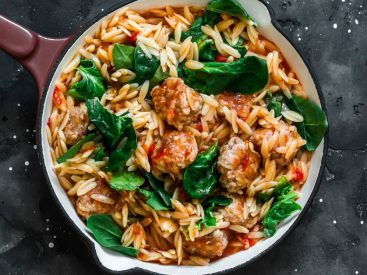The FDA’s recent announcement about the 2022 Food Code might seem like dry regulatory news, but it holds significance for how consumers approach food waste. For years, Americans have tossed billions of pounds of food based on misunderstood labels like “best by” and “sell by” dates, throwing away billions […]
Delicious!
Delicious!



